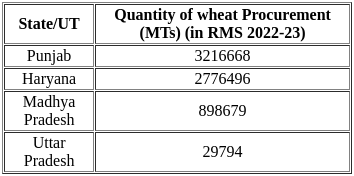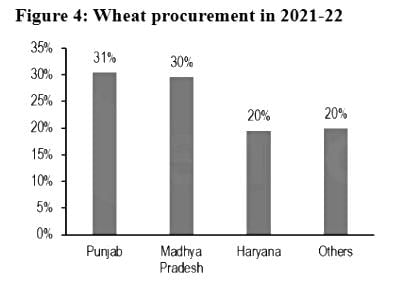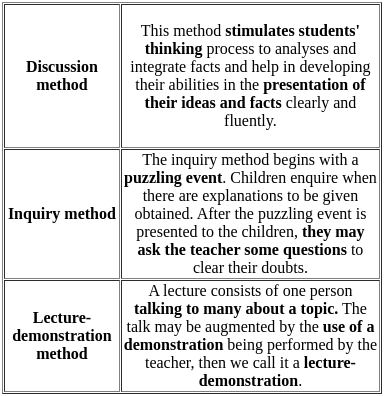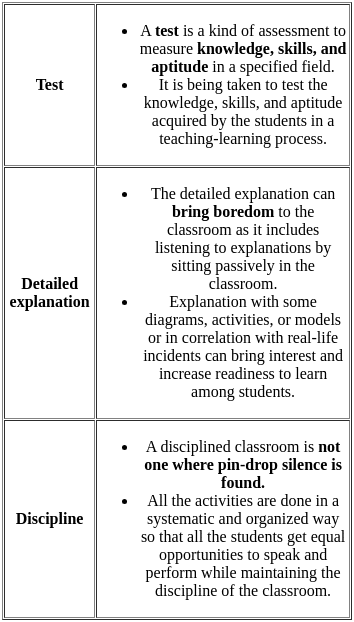- When consumers make choices about the number of goods and services to consume, it is presumed that their objective is to maximize total utility. Hence, Statement 1 is not correct.
- In maximizing total utility, the consumer faces a number of constraints, the most important of which are the consumer's income and the prices of the goods and services that the consumer wishes to consume. Hence, Statement 2 is not correct.
- The consumer's effort to maximize total utility, subject to these constraints, is referred to as the consumer's problem. Hence, Statement 3 is not correct.
- The solution to the consumer's problem, which entails decisions about how much the consumer will consume of a number of goods and services, is referred to as consumer equilibrium. Hence, Statement 4 is correct.
- Determination of consumer equilibrium.
- Consider the simple case of a consumer who cares about consuming only two goods: good 1 and good 2.
- This consumer knows the prices of goods 1 and 2 and has a fixed income or budget that can be used to purchase quantities of goods 1 and 2.
- The consumer will purchase quantities of goods 1 and 2 so as to completely exhaust the budget for such purchases.
- The actual quantities purchased of each good are determined by the condition for consumer equilibrium.
RPSC Senior Grade II (Social Studies) Mock Test - 2 - REET MCQ
30 Questions MCQ Test - RPSC Senior Grade II (Social Studies) Mock Test - 2
Who was the Viceroy of India at the time of the Kakori Train Robbery?
Who was the last ruler of the Gupta Dynasty?
Prabhavati Gupta was the daughter of which of the following rulers of the Gupta Empire ?
The first spark of the Mutiny of 1857 was noticed in
Consider the following states:
1. Madhya Pradesh
2. Haryana
3. Punjab
4. Uttar Pradesh
With reference to the state mentioned above, which of the following is the correct descending order in terms of Quantity of wheat Procurement in Rabi Marketing Season 2022-23?
Which of the following company is associated with manufacture of high capacity transformers in India?
Consider the following pairs:
1. Konkan Coast — Extends from Maharashtra to Kerala
2. Malabar Coast — Known for backwaters and spice trade
3. Coromandel Coast — Influenced by northeast monsoon
How many of the above pairs are correctly matched?
Consider the following statements.
1. Non-scheduled commercial banks are those which have been included in the Second Schedule of RBI Act, 1934.
2. Scheduled commercial banks are those which have been included in the First Schedule of RBI Act, 1934.
Which of the statement(s) given above is/are correct?
The criminal proceedings can be instituted against civil servants for acts that were done in their official capacity, with the prior permission of which of the following?
Who among the following does not accept the village as a useful unit for Sociological Study?
In the context of decision-making theories, how does Herbert Simon's theory of 'Bounded Rationality' differ from the traditional economic concept of fully 'Rational Decision-Making'? What are the implications of this theory in public administration?
Which of the following is Discartes philosophical method?
Read the following statements and choose the correct option:
Statement A: The nature of Social Science is evidence-based, empirical and verifiable.
Statement B: Its study often leads to multiple interpretations of a single event.


















